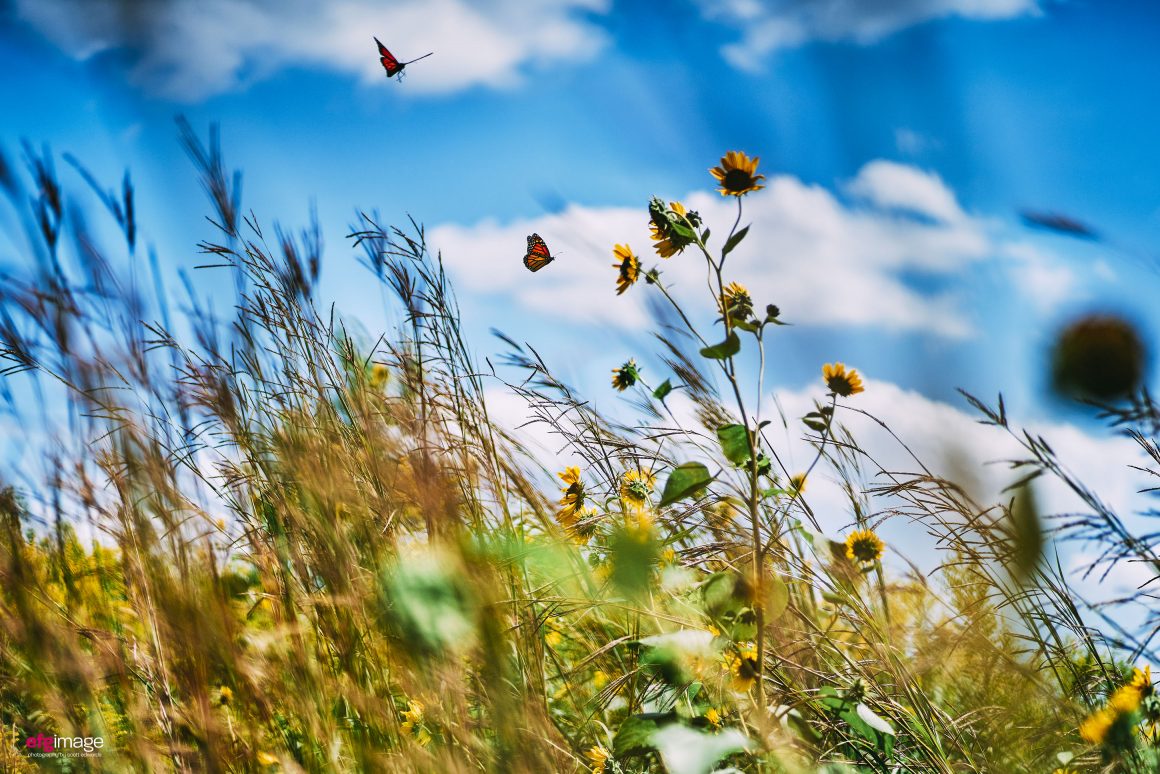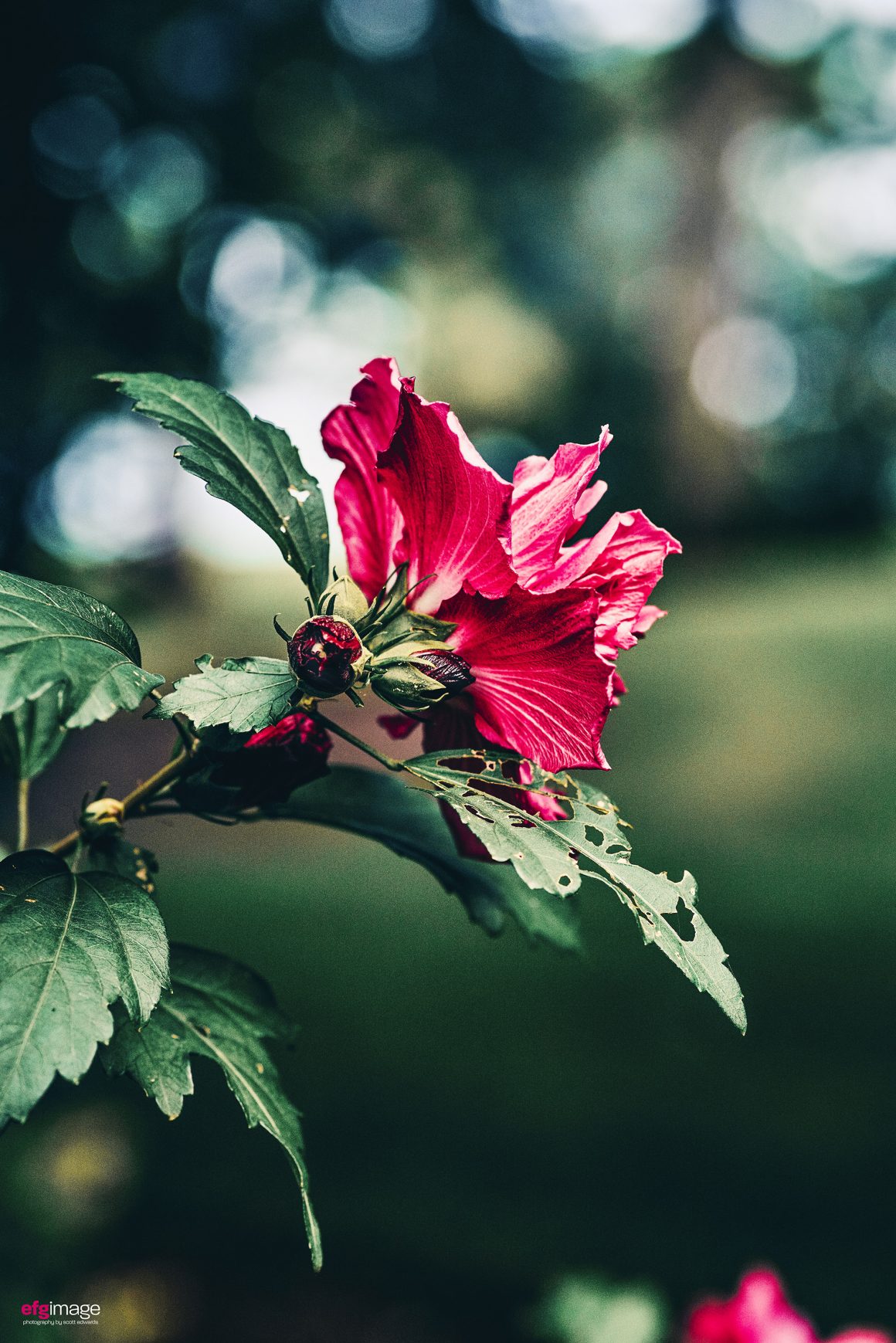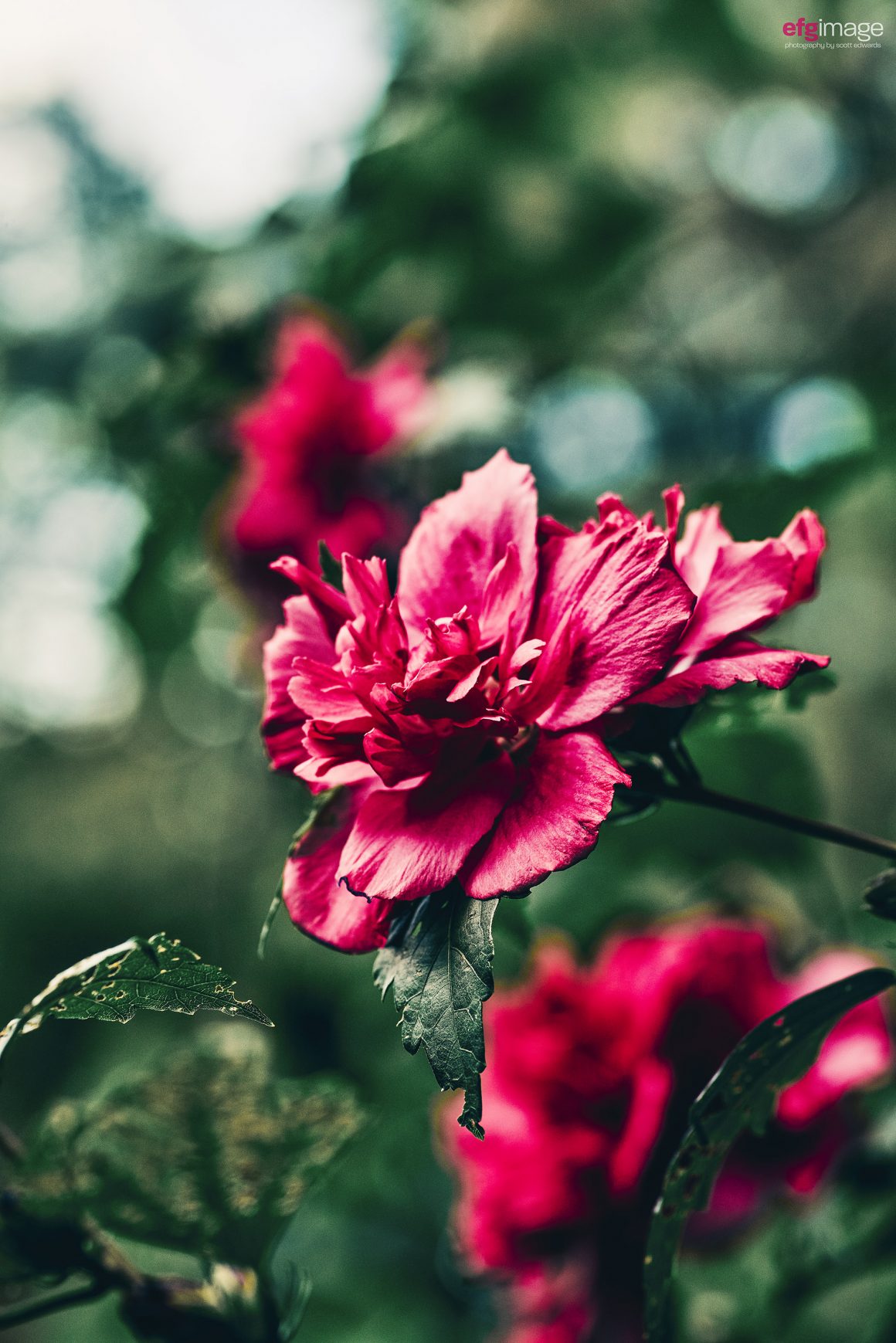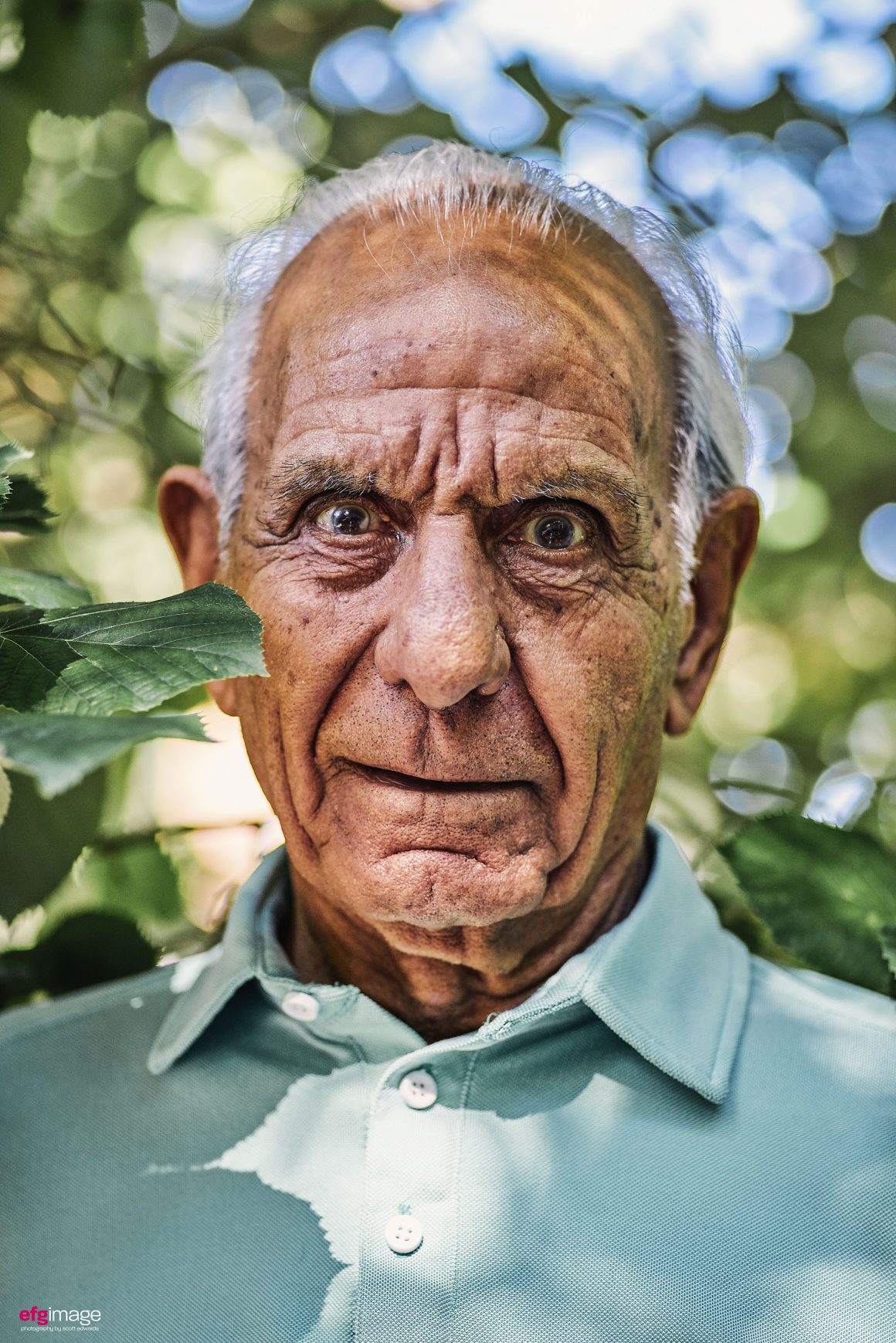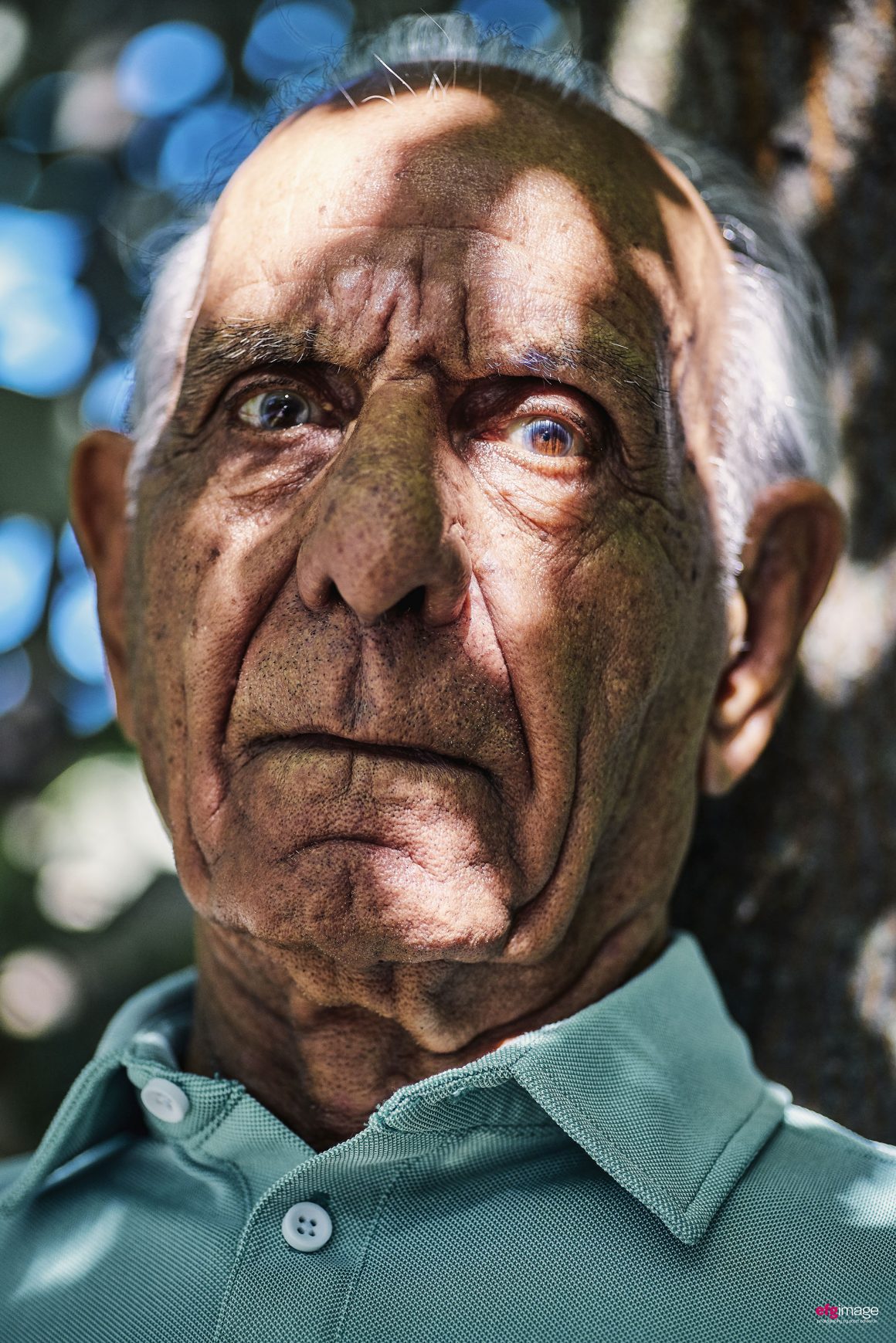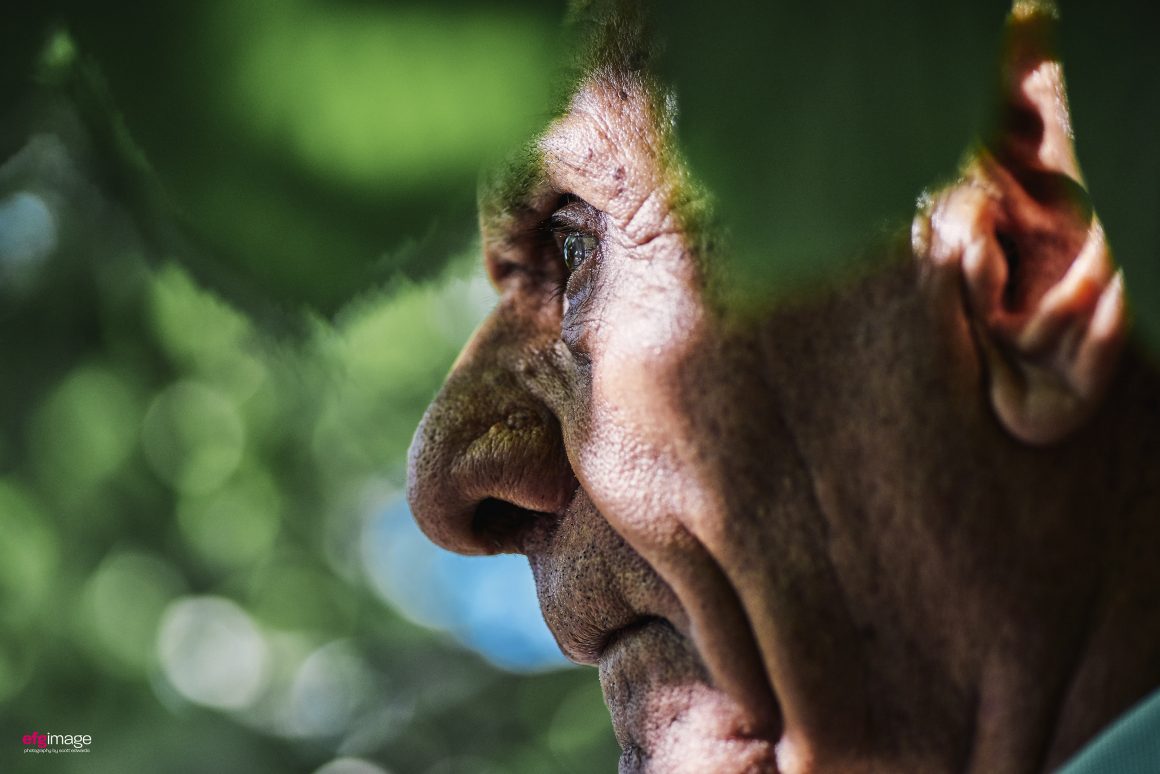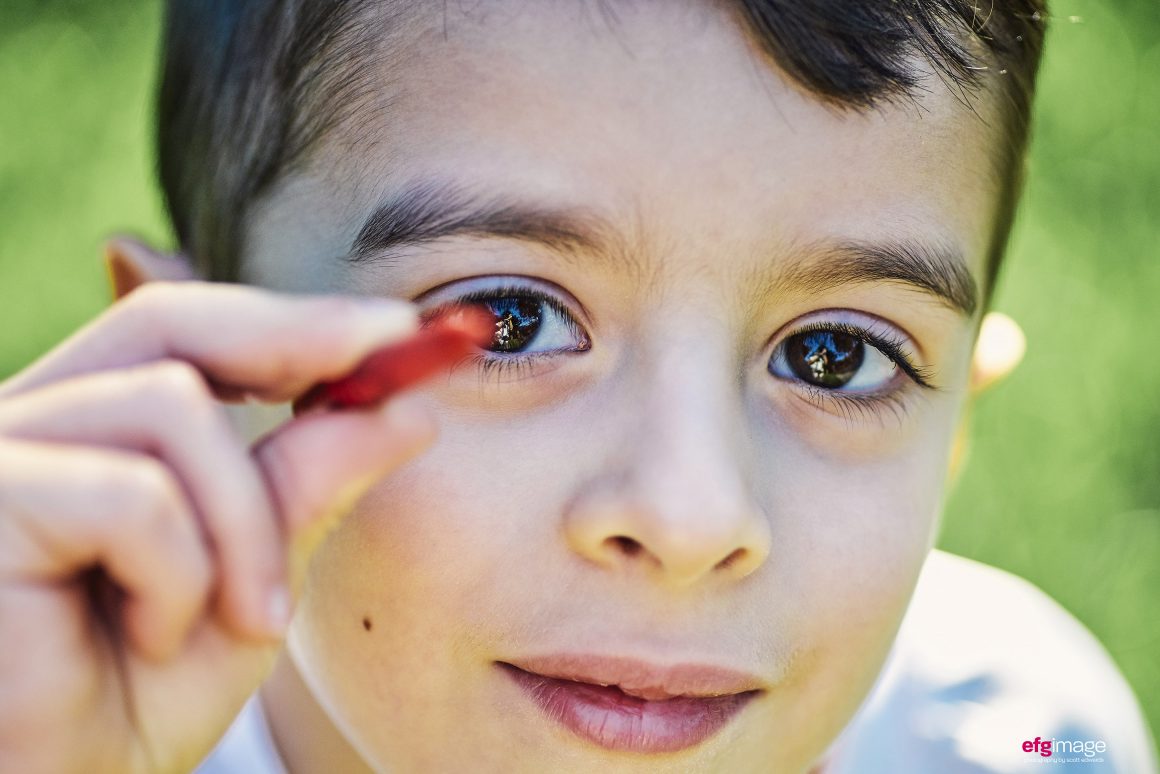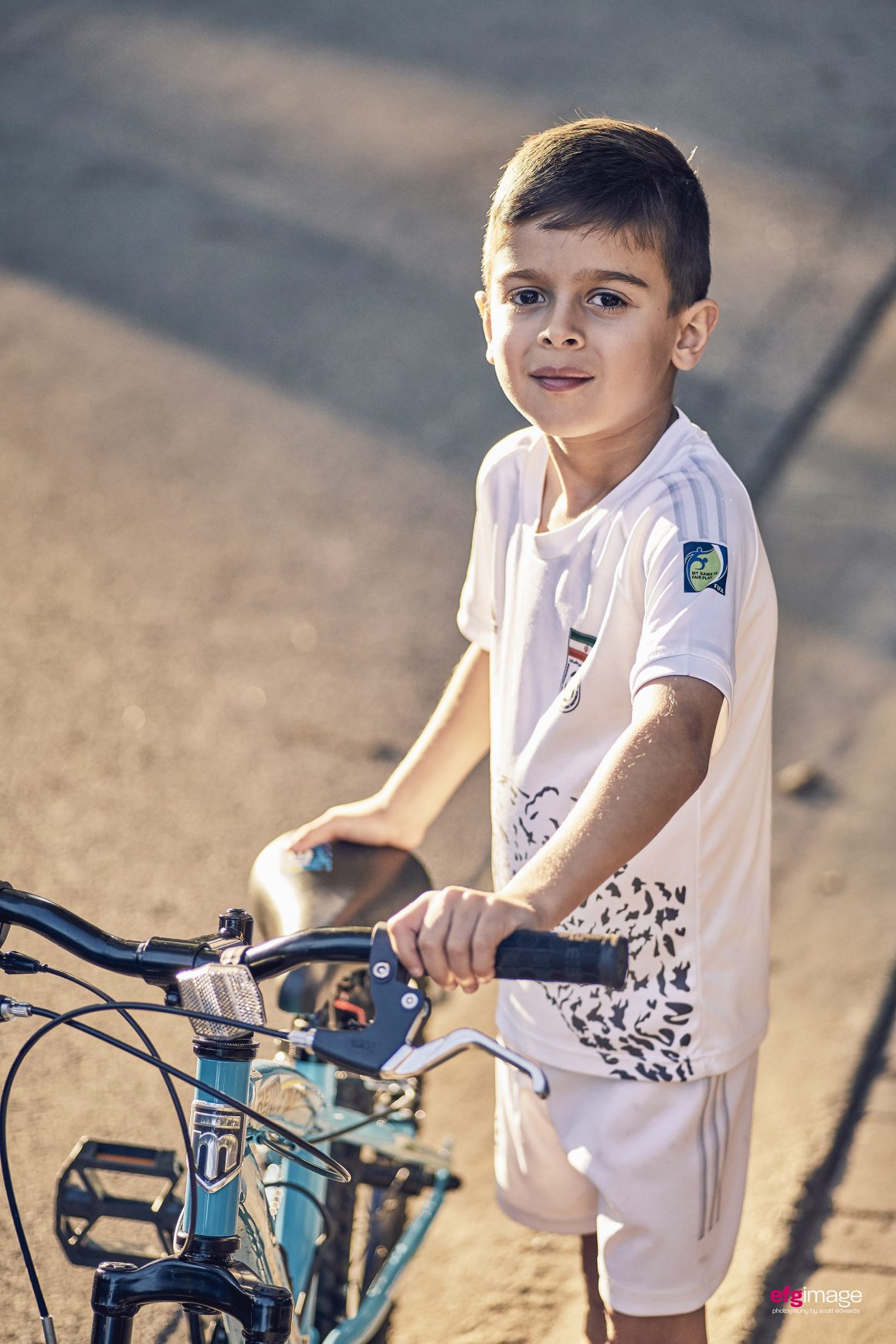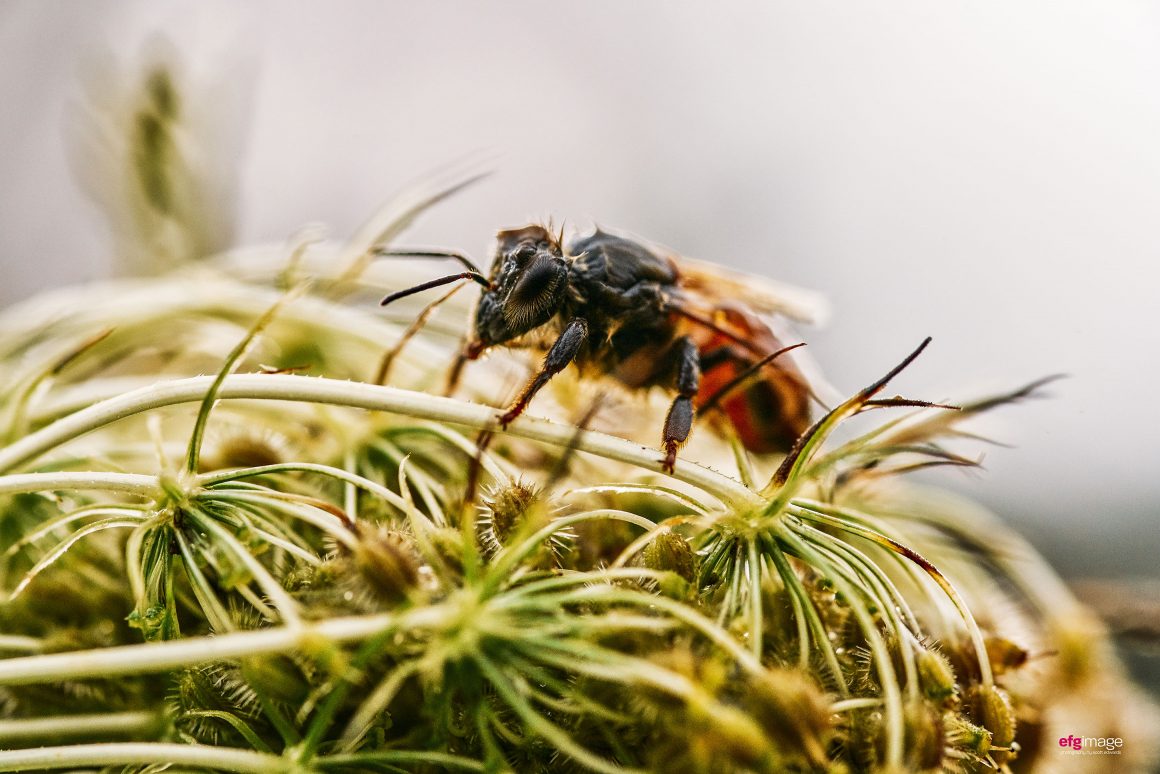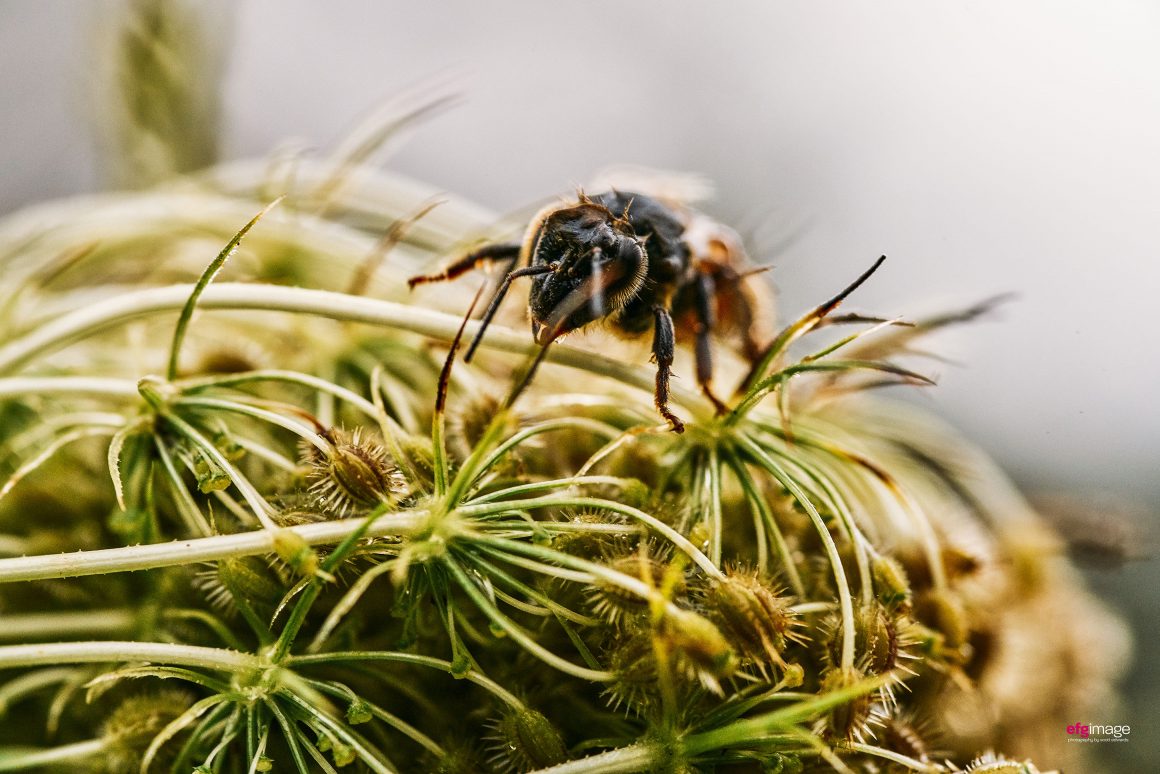Tokina Power Tower – The Tokina AT-X M100 PRO DX
September 6, 2018
I can start this article in two ways. The first way is more intelligent, given that my wife may or may not read this post. This first way would be to explain that I needed another portrait lens for one of my film cameras – the Nikon F100. There, done. I’ve only been shooting with one lens on that camera body, using a Nikon 50 1.4D, which renders in quite a lovely and dreamy fashion. In seeing some images of a photographer I like (UK film photographer, Matt Osborne, posted below) who typically shoots Leica or medium format film, I was quite taken with some work he did with a Nikon F5 (the F100 is similar). Then I noticed that he was shooting with a Tokina 100mm 2.8 macro lens. What? Wasn’t that lens a throw back to the 90s or earlier? Well, the results were quite beautiful and some of the images stuck with me, which takes me to the second way to intro this post.
See, mid-last year, when I had a bit more cash in hand, I invested in the resurrection of a once-famous German lens called the Biotar. The Biotar was to be my new lens for my F100, which I’d also more likely and more often use on my Sony A7R2s. It’s been a frustrating process; delivery was supposed to be in June or July. Stuff has been happening with the small specialty company that births new-old vintage lens and the future is now quite uncertain. So, I needed a fix. If you’re a photographer or enthusiast, you get that.
If that’s not enough (and if my wife is reading this), who can say no to this young face, captured in testing my new Tokina acquisition?

Yes, Mr. Scott can and should get a new lens! Depending on your screen, perhaps you can see a milk/food moustache? Sony A7R2 and Tokina 100 2.8 shot at 2.8.
As I often do, I visited Flickr and then 500px to get a feel for the Tokina 100 as a tool. (That’s all lens are… tools, or if you prefer, brushes for the artist, though I think they, too, are works of art!) On Flickr, I found a few photographers who have done really good stuff with what is a really inexpensive 100mm macro lens. (Links are at the end.)
Tokina has a very solid reputation for making very good, very affordable lens. Very. In considering the 100 macro, I frankly wondered what was wrong with the lens? Used copies go for $150 on up. A new copy can be purchased for $399 or less. Wasn’t this lens made in the 80s or 90s? It couldn’t possibly be on par with Nikon or Canon or Zeiss. Reviews of the lens, assessment by DXO and one’s own eyes prove otherwise. I snagged a factory refurbished copy directly from Tokina for $299 and attached it to my A7R2 (manual focus and cheap adapter).
Here are images from a 15-minute shoot with two neighborhood lads (I had previously photographed them in studio with other lens), a quick walk through fields, a walk near an old log cabin where I saw a bee hanging around as it had been pelted by rain, and snaps with my 95-year-old father-in-law who is visiting for a week.
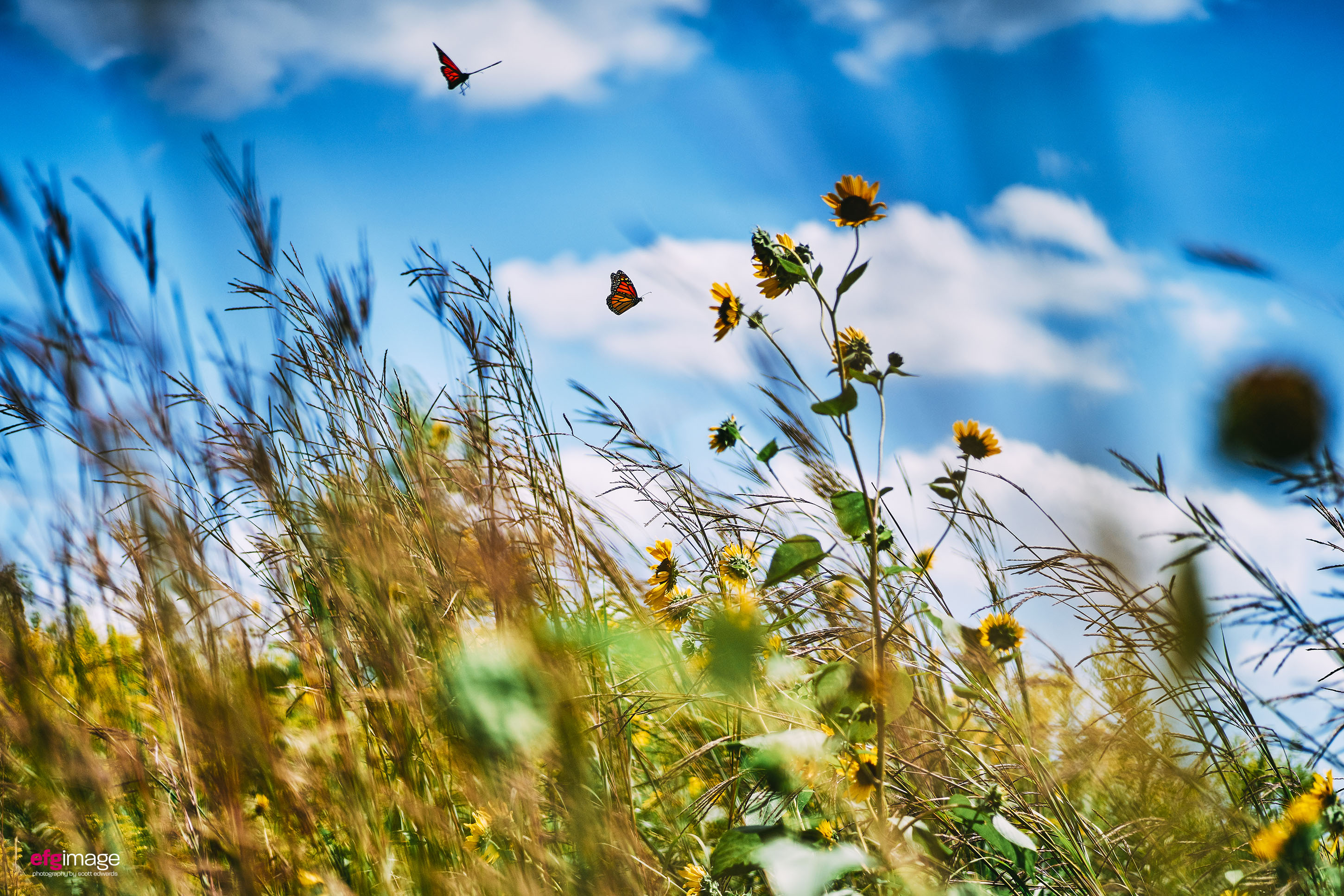
I got lucky with that shot. As you can see in the crop below, the butterfly is only a small part of the image but still quite sharp.
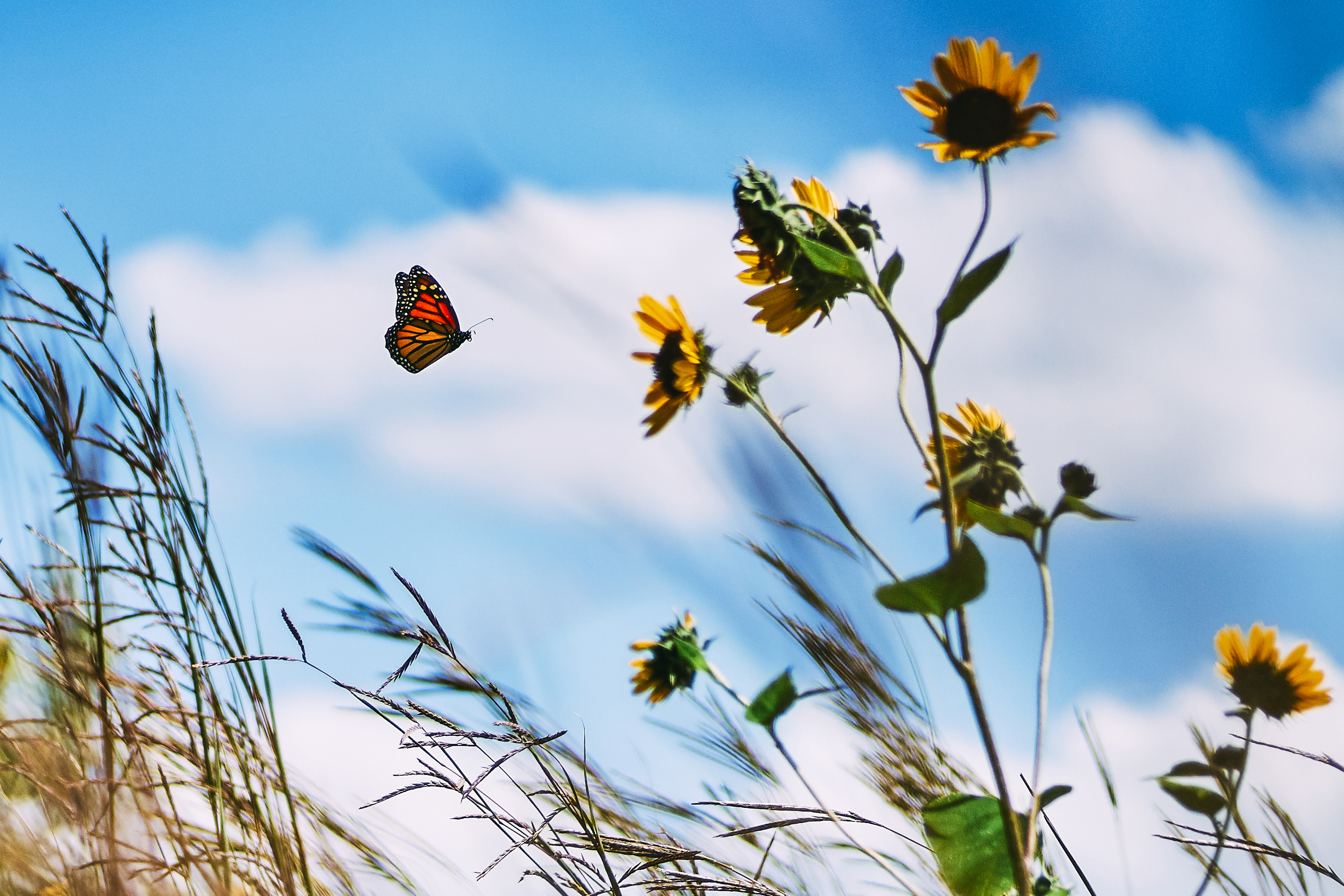
A cropped version of the titled image. I got lucky as the butterfly is quite sharp even after cropping. Sony A7R2, Tokina 100 2.8 AT-X M100 PRO DX
The Tokina AT-X 100mm f/2.8 Macro was first introduced in 1990. In 2005, the current model, an upgraded professional version, was launched as the Tokina AT-X M100 PRO DX (100mm f/2.8 Macro). Almost 14 years later, here we are. I think this lens is one of the best values out there – period. It is possibly the most value-oriented, underrated multi-functional (portraits, landscapes, macro) prime lens you can buy. Yes, I shoot and process in a certain way. But look at these samples…



Neighbor’s picket fence and WSJ. Yep, you can make out the Journal’s banner and even The Donald’s orange glow.
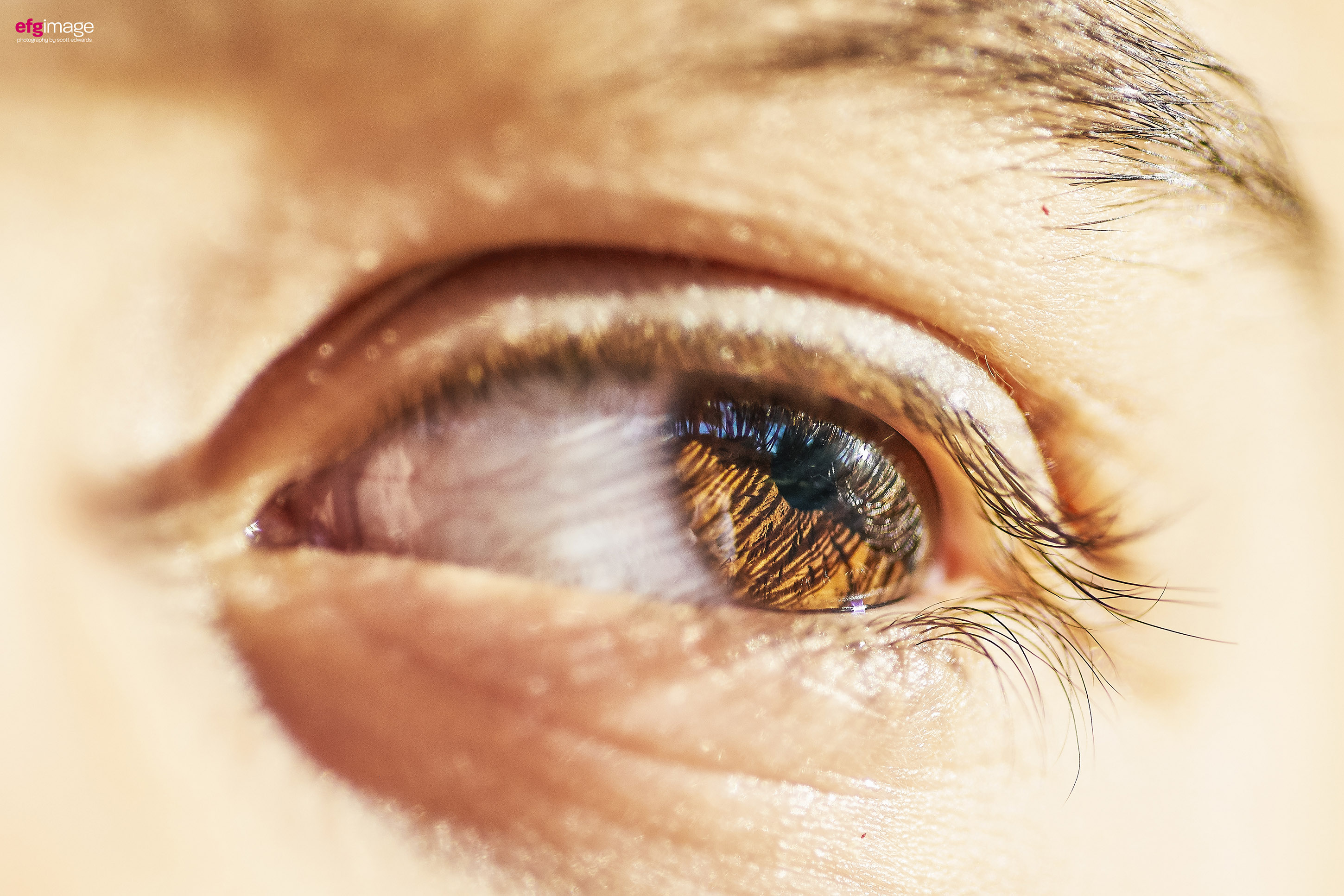
The complexity of a young boy’s iris, along with the shadows of his eyelashes.
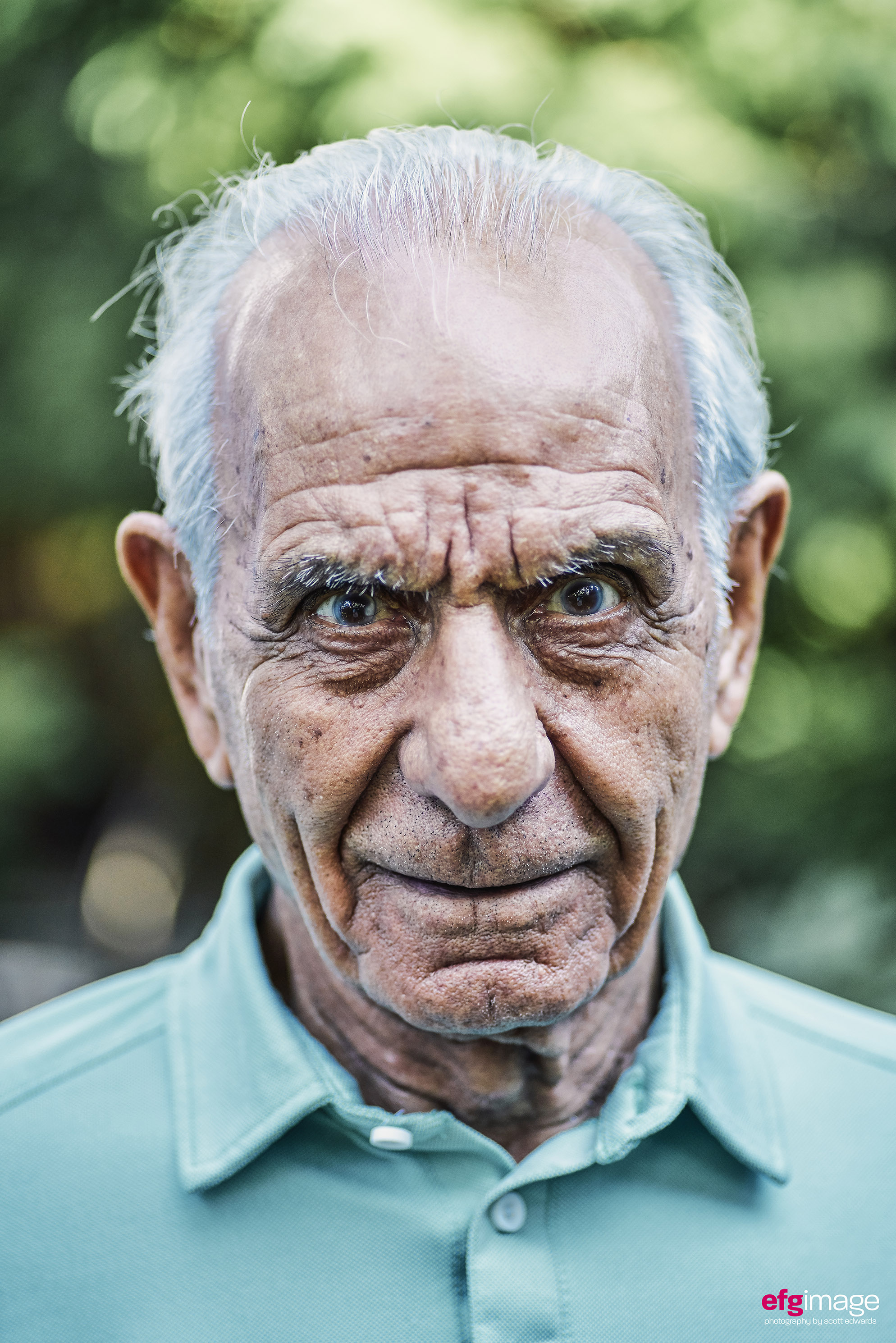
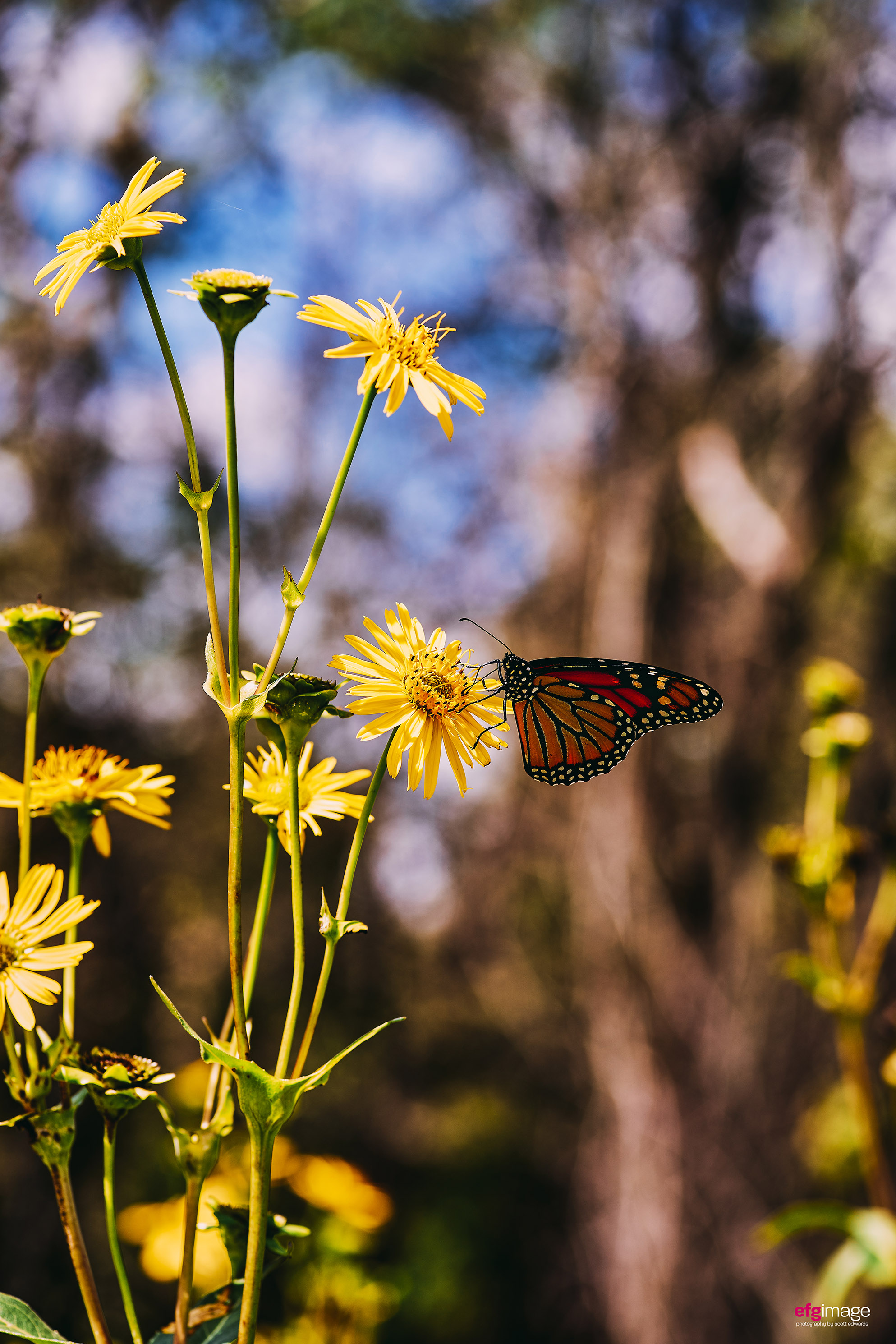
The lens is quite light, quite easy to turn and pretty user-friendly. It has an auto-focus function for select Nikon and Canon models. You simply pull out the end of the lens (skeered me the first time I did this) and it goes from MF to AF. Of course for all of these images, shot on the Sony, I had to shoot manually. Further, the bokeh seems quite satisfying. Why do I call this the Tokina Power Tower? When shooting on a macro-level, the lens extends quite a distance which seems to mean that considerable light is required, at least with this lens. Ah but there is power in that tower. I was surprised to see the level of detail; at least in some images, my processed JPG files exceeded 50 MGB. This is my first experience with a macro lens; I’ll next see how it performs with film. Domo arigato, Tokina!
Special recognition to some brilliant photographers who have used the lens
Matt Osborne http://www.matthewosbornephotography.co.uk and https://www.instagram.com/mrleicacom/. Matt has influenced me more than once with lens and style. Tampa-based Dennis Ramos https://www.dennis-ramos.com and https://www.instagram.com/dennisramos/. Dennis has some lovely portraits on his site and his landscapes are incredible. And also to Marko Saari (Finland) who has done a great job in the studio with the lens and to Dudy GR (Indonesia) whose on-location work is just stunning. You’ll find all these guys and their Terrific Tokina work here: A Flickr gallery with various works assembled
You can also follow me on IG where I’ve not posted in 6 or 7 months: https://www.instagram.com/scottchicago/
Find out more about me on this website. I’m Scott Edwards, a hybrid (digital, modern and vintage lens and film) photographer who shoots portraits, commercial, fine art and landscape photography. I gladly shoot for individuals, businesses and organizations and I use digital images, film and software to get the images my clients want, like and love.

